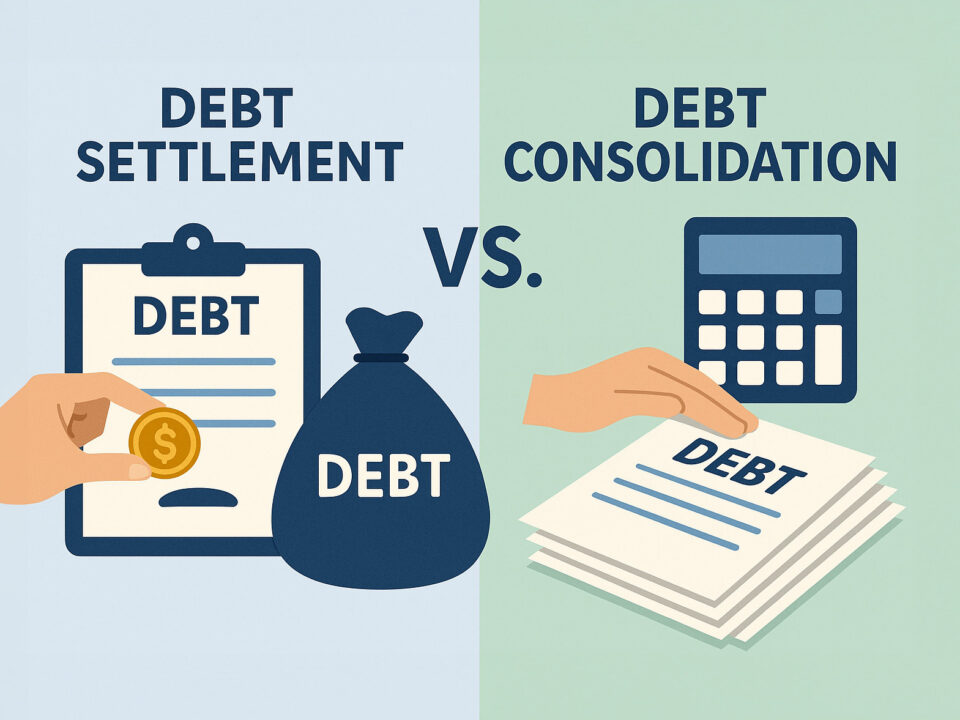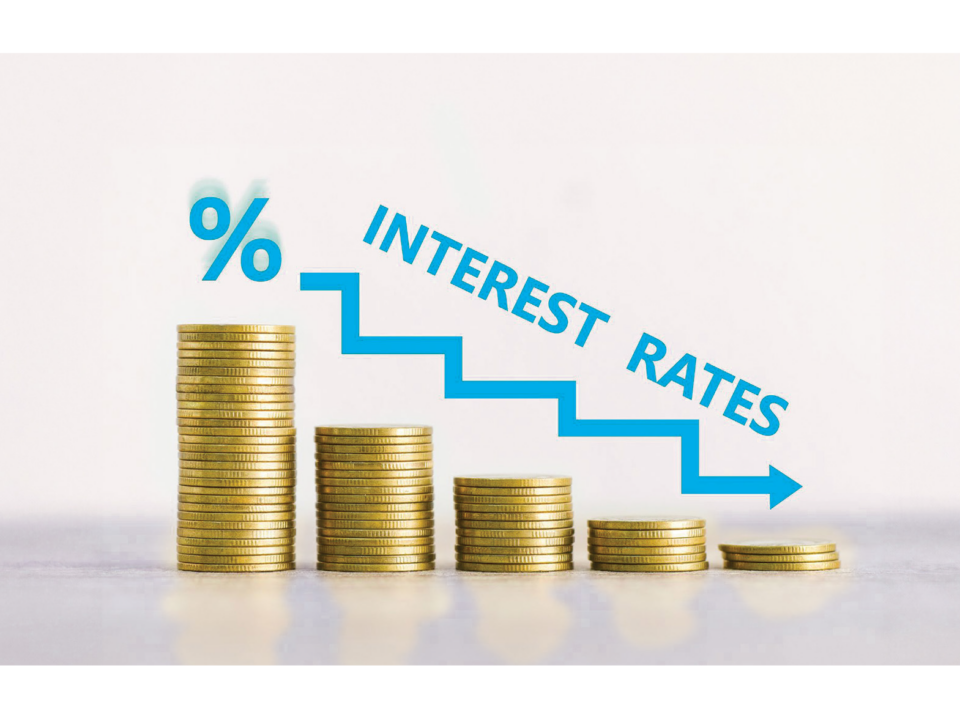
Financial planning is more than just managing income and expenses; it’s a systematic approach to aligning your financial goals with your present situation and future aspirations. It is a guide for achieving your financial planning goals, including budgeting, saving, investing, and risk management. So, what makes this guide important?
Think about starting a journey without a map. You could end up lost or taking inefficient paths. Likewise, you may not be ready for life’s financial hurdles without financial planning. Therefore, let’s delve into financial planning and its various elements and advantages. This guide will help you understand and make educated decisions about your financial future.
Understanding Financial Planning
Imagine financial planning as the compass that guides your financial journey. It begins with setting clear and achievable financial goals, both short-term and long-term, and progresses toward crafting a detailed roadmap to realize those objectives. But it’s more than just numbers on paper; it’s about weaving a cohesive strategy encompassing every facet of your financial life. From managing debt and curbing overspending to strategically growing wealth through investments, financial planning is a dynamic process that adapts and evolves with changing circumstances.

Components of a Financial Plan
Budgeting for Success
At the heart of every sound financial plan lies a well-crafted budget. This budget isn’t merely a tool to track your expenses; it’s a blueprint that allocates resources, empowers you to manage expenses judiciously, and ensures a systematic approach to saving and investing. Budgeting helps you strike a harmonious balance between your income and spending, cultivating financial discipline.
The Multifaceted Nature of Budgeting
Picture your budget as a compass that navigates your financial terrain. Beyond the rudimentary aspect of tracking your expenses, a well-structured budget is a multifaceted guide. It’s your financial roadmap, directing every dollar toward a purpose, whether paying off debts, building an emergency fund, saving for a dream vacation, or investing for retirement. As you allocate specific portions of your income to various categories, you’re proactively controlling the flow of your money and ensuring it’s aligned with your financial objectives.
Empowering Expense Management:
Budgeting isn’t about restriction; it’s about empowerment. It grants you the power to make informed decisions about where your money goes. With a clear breakdown of your income and expenses, you’re armed with the knowledge to manage your financial resources judiciously. Want to dine out with friends or splurge on a new gadget? Your budget helps you weigh these choices against your financial priorities, ensuring your spending choices align with your long-term goals.
The Science of Balance
A fundamental aspect of budgeting is achieving harmony between income and spending. This equilibrium isn’t just about mathematical precision but cultivating financial discipline. As you diligently track your expenses and adhere to your allocated budget categories, you’re fostering a sense of control over your financial life. By avoiding overspending in one area and neglecting another, you’re crafting a financial ecosystem that thrives on balance and prudence.
A Savings and Investment Launchpad
Imagine your budget as the launchpad for your savings and investment endeavors. By setting aside a predetermined portion of your income for savings and investments, you’re sowing the seeds of financial growth. Whether you’re building an emergency fund to cushion against unexpected expenses or funneling funds into investment vehicles, your budget is the conduit that nurtures these aspirations. Every dollar earmarked for savings becomes a stepping stone toward your financial dreams.
Building Financial Resilience
Budgeting also equips you with the invaluable skill of financial adaptability. Life is unpredictable, and unexpected expenses can arise at any moment. However, a well-structured budget provides a safety net—a buffer that absorbs the impact of unforeseen financial shocks. Whether it’s a medical emergency or a sudden home repair, your budget’s allocations can help weather these storms without derailing your financial trajectory.
Tackling Credit Card Debt
Credit card debt can be a never-ending burden for many people. But in financial planning, it’s not just a problem—it’s a chance to resolve it strategically. We explore practical strategies for addressing credit card debt head-on, providing actionable insights that empower you to manage and ultimately eliminate this debt from your financial life.
The Complexity of Credit Card Debt
Credit card debt often sneaks up silently, accumulating gradually until it becomes an overwhelming burden. The allure of instant gratification, coupled with the ease of credit card transactions, can lead to unmanageable balances that accrue high-interest rates. What starts as convenience can quickly spiral into financial stress, impacting your credit score and inhibiting your ability to achieve your financial aspirations.
A Paradigm Shift: From Problem to Solution
Financial planning reframes credit card debt from a mere problem into a strategic challenge—one that, when addressed systematically, can become a stepping stone toward financial freedom. By acknowledging and confronting credit card debt within your broader financial plan, you take the first crucial step toward regaining control over your finances.
Effective Strategies for Resolution
-
- Consolidation and Balance Transfers: Streamlining multiple credit card debts into a single payment or transferring balances to a lower-interest card can help manage debt more effectively.
- Creating a Repayment Plan: Crafting a realistic repayment plan that aligns with your budget allows you to pay off debt over time systematically.
- Prioritizing High-Interest Debts: Focusing on paying off high-interest credit card balances first can save you substantial money in the long term.
- Negotiating with Creditors: Engaging in open communication with creditors may lead to reduced interest rates or more manageable repayment terms.
- Lifestyle Adjustments: Temporarily adjusting your spending habits and redirecting funds toward debt repayment can accelerate your progress.
Empowering Insights for Debt Elimination
Visualize Your Debt-Free Future
Imagine the weight lifted off your shoulders once your credit card debt is eliminated. This mental image can serve as motivation to stick to your repayment plan.
Celebrate Small Wins
As you make progress, celebrate each milestone achieved. These small victories reinforce your commitment to debt elimination.
Emergency Fund Establishment
Simultaneously, building an emergency fund can provide a safety net. Preventing the accumulation of more debt during unforeseen circumstances.
Net Worth and Monthly Cash Flow
Understanding your financial health requires a clear grasp of your net worth and monthly cash flow. Calculating your net worth involves assessing your assets and liabilities and providing a snapshot of your financial position. Meanwhile, tracking your monthly cash flow offers a real-time view of the inflow and outflow of your money, allowing you to make informed decisions and adjustments as needed.
Decoding Net Worth
Your net worth is more than just a number; it’s a composite picture of your financial standing. Calculating it involves assessing your assets and liabilities—the things you own versus the debts you owe. The result is a succinct snapshot of your financial position, a measure of your financial health that transcends mere income and expenses. Net worth reflects the accumulation of your financial decisions and is a pivotal indicator of your progress toward achieving your financial goals.
The Assets-Liabilities Equation
Understanding your net worth is about understanding the relationship between your assets and liabilities. Assets encompass everything from savings, investments, and property to valuables you own. Liabilities, on the other hand, include debts and obligations you owe. By subtracting your total liabilities from your total assets, you arrive at your net worth—a figure that not only reflects your current financial standing but also outlines the potential for future growth.
Investment and Wealth Management
An integral aspect of financial planning is harnessing the power of investments to drive long-term wealth growth. Investments go beyond mere financial instruments; they represent your aspirations, your risk tolerance, and your commitment to achieving your financial goals. We explore the dynamic relationship between investments and financial goals, demonstrating how a well-structured investment portfolio can be your gateway to financial freedom.
- Investments as Catalysts for Growth
Investments hold the remarkable power to multiply your financial resources over time. While they encompass stocks, bonds, real estate, and more, investments are not just financial instruments—they’re vehicles for growth, security, and the pursuit of your life’s ambitions. The beauty lies in their potential to appreciate in value, generating returns that can pave the way for a comfortable retirement, a dream vacation, or funding your children’s education.
- Investments as Reflections of Aspirations
When you invest, you’re essentially betting on your future self and your aspirations. The allocation of funds to specific investment vehicles is a testament to your beliefs, your vision, and your commitment to achieving your financial objectives. Be it owning a home, establishing a business, or retiring early to travel the world, your investments are the building blocks that transform dreams into reality.
- Risk Tolerance: The North Star of Investments
Every investment decision carries an inherent level of risk, and your comfort with risk defines your investment journey. This risk tolerance is unique to you—it encapsulates your ability to weather market fluctuations without sacrificing your financial stability. By aligning your investments with your risk tolerance, you’re ensuring a harmonious relationship between your aspirations and the level of risk you’re prepared to bear.
- Crafting a Well-Structured Investment Portfolio
Much like an artist carefully selects colors for a masterpiece, creating a well-structured investment portfolio is an art form. It’s about diversification—spreading your investments across different asset classes to mitigate risk. And about balance—strategically aligning high-risk, high-reward opportunities with stable, income-generating assets. It’s about discipline—remaining committed to your investment strategy regardless of short-term market fluctuations.
- The Dynamic Relationship: Investments and Financial Goals
Investments are not isolated entities; they’re integral components of your broader financial plan. Every investment decision should stem from your goals, whether it’s retiring comfortably, funding your children’s education, or building generational wealth. By aligning your investments with your goals, you’re charting a course toward financial fulfillment.
- Investments as Tools of Financial Empowerment
Imagine investments as keys that unlock doors to your financial future. They grant you the power to diversify income streams, grow wealth, and achieve your aspirations. Every dollar invested is a testament to your commitment to yourself and your loved ones, a pledge to secure a brighter, more prosperous tomorrow.
Monthly Cash Flow: The Pulse of Your Finances
Much like your net worth offers a snapshot, your monthly cash flow provides a dynamic view of your financial heartbeat. This metric is about understanding the inflow and outflow of your money over a defined period—typically a month. It’s a real-time indicator of how much money you’re bringing in and how much you’re spending. By tracking your monthly cash flow, you gain insights into your spending habits, income sources, and potential savings opportunities.
Informed Decision-Making and Adjustments
Imagine your monthly cash flow as a real-time compass that guides your financial decisions. With a clear view of your income and expenses, you’re empowered to make informed choices. Are you spending more than you earn? And are there areas where you can cut back? Are there opportunities to redirect funds toward savings or investments? Tracking your monthly cash flow allows you to answer these questions, adjust your financial course, and align your choices with your long-term goals.
The Synergy of Net Worth and Monthly Cash Flow
Net worth and monthly cash flow are interconnected threads in the fabric of your financial life. While net worth offers a panoramic view of your financial position, monthly cash flow provides the granularity to navigate daily financial choices. By understanding how these metrics work together, you’re able to make strategic decisions that enhance your financial well-being over time.
Leveraging Insights for Financial Progress:
Setting Target Net Worth Goals: Utilize your net worth as a benchmark for setting achievable financial milestones.
Balancing Monthly Cash Flow: Ensure that your monthly cash flow remains positive, allowing you to allocate funds toward savings and investments.
Identifying Spending Trends: Analyze your monthly cash flow to identify spending trends and areas where adjustments can be made.
Creating a Financial Plan: Step-by-Step
Embarking on the journey of creating a comprehensive financial plan involves a strategic step-by-step process:
- Setting Clear Financial Goals: The foundation of any successful financial plan begins with articulating your financial aspirations, both immediate and long-term.
- Assessing Your Current Financial Situation: Evaluating your net worth, current debts, and overall financial standing forms a baseline for your plan.
- Creating a Budget: Building a budget that resonates with your financial goals, income, and expenses is pivotal.
- Investment Planning: Aligning your investments with your risk tolerance and objectives is a strategic endeavor.
- Risk Tolerance and Wealth Management: Understanding your risk tolerance empowers you to make investment decisions aligned with your comfort level.
- Estate Planning and Retirement: Incorporating estate planning and retirement strategies ensures a comprehensive and secure financial future.
Staying on Track and Monitoring Progress
While creating a financial plan is a significant achievement, staying on track is equally crucial. We discuss the importance of consistently monitoring your financial progress, making adjustments as needed, and setting periodic checkpoints to review your goals and ensure you remain motivated.
Conclusion
In essence, financial planning is not a mere transaction—it’s a transformation. It’s about realizing that every financial decision you make today echoes into your financial future. By embracing the components of financial planning, from budgeting and debt management to investment strategies and professional guidance, you’re not just securing your financial future; you’re empowering yourself to achieve your dreams and aspirations.
Visit Prudent Financial Solutions to transform these insights into actionable steps. Our team of experienced professionals is here to guide you on your path to financial success. Whether you’re looking to tackle credit card debt, optimize your budget, or chart a course toward your dreams, we’re here to help. Don’t let uncertainty hold you back—take control of your financial future today. Contact us to schedule a consultation and discover how we can partner with you to turn your aspirations into achievements.



